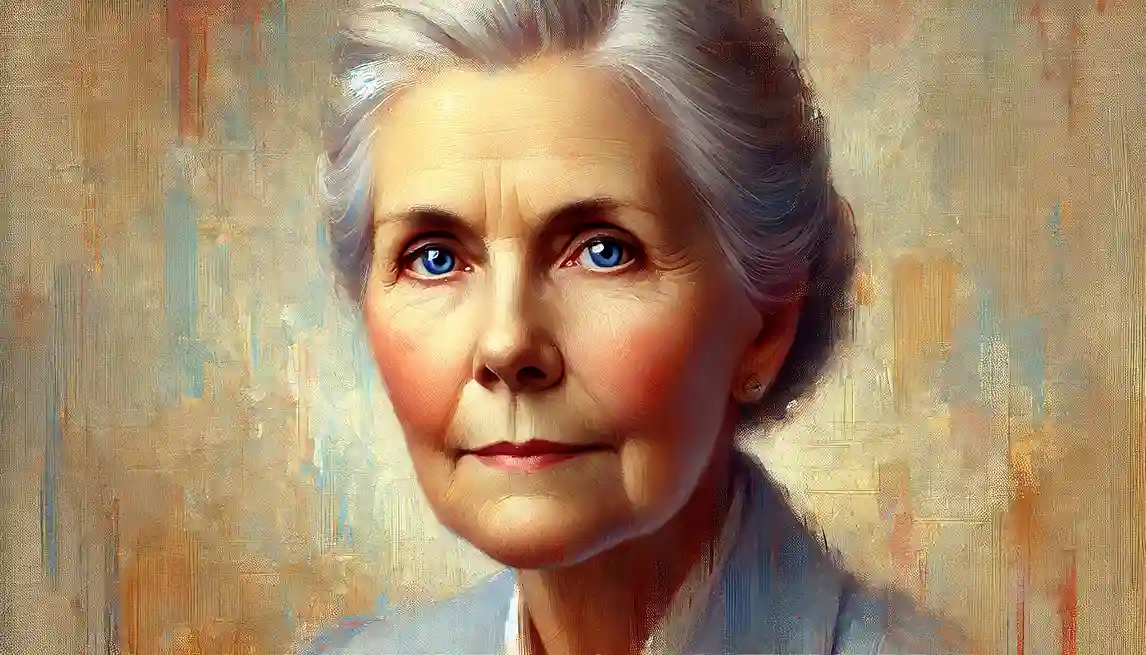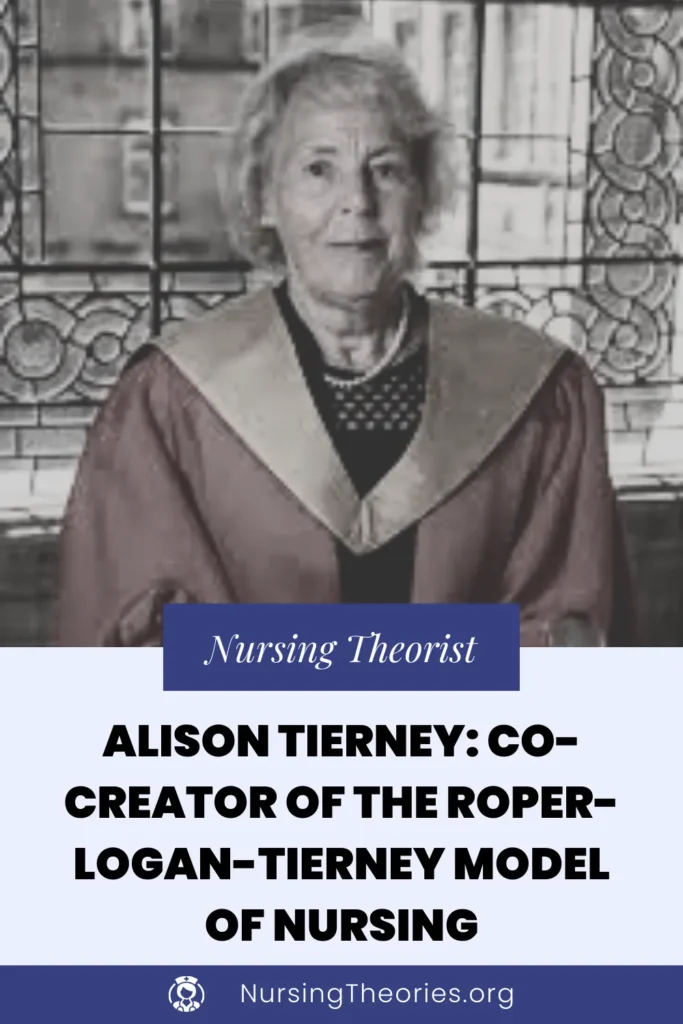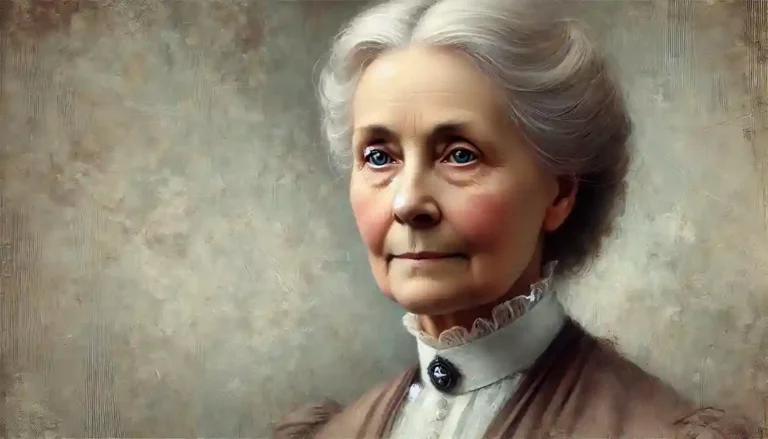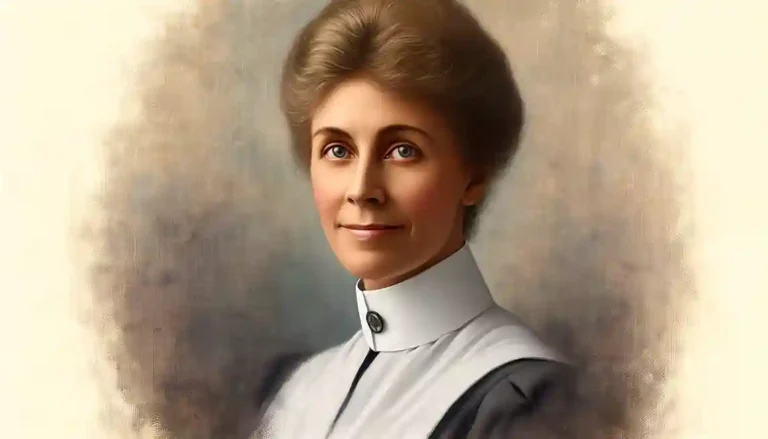Alison Tierney, a distinguished nurse theorist and researcher, is widely recognized for her collaborative work with Nancy Roper and Winifred Logan in developing the Roper-Logan-Tierney Model of Nursing.
This model provides a comprehensive framework for assessing and supporting patients’ daily living activities to promote independence, recovery, and quality of life.
Together, the trio created a model that remains a cornerstone in nursing education and practice globally.
In this article, we cover Alison Tierney’s life, achievements, philosophy, and lasting contributions to modern nursing.

Quick Summary
- Co-created the Roper-Logan-Tierney Model of Nursing, which emphasizes individualized patient care based on daily living activities.
- Advocated for holistic nursing assessments that consider physical, psychological, and social dimensions.
- Focused on promoting independence and improving quality of life through tailored nursing interventions.
- Published influential works that are integral to nursing curricula worldwide.
- Recognized for her contributions to research-based nursing practice and patient-centered care.
Early Life and Background of Alison Joan Tierney

Birth and Family Background of Alison Joan Tierney
- Alison Joan Tierney was born in Scotland, where she grew up in a family that valued education and community service.
- Her upbringing instilled in her a strong sense of responsibility and compassion, which later influenced her nursing career.
Education and Early Influences in Tierney’s Life
- Tierney pursued her nursing education in Scotland before earning a master’s degree in nursing and a doctorate in research.
- Her academic background focused on evidence-based nursing, which became a core component of her theoretical contributions.
- Early clinical experiences highlighted the need for a comprehensive framework to assess patients’ functional abilities and guide interventions.
Alison Tierney’s Philosophy and Vision for Nursing
- Tierney believed that nursing should focus on understanding the unique needs of each patient by assessing their ability to perform essential activities of daily living.
- Her vision emphasized holistic care that integrates physical, psychological, social, and environmental factors.
- Famous quote: “Nursing is about creating opportunities for patients to achieve independence and dignity through compassionate care.”
Alison Tierney’s Education and Early Nursing Career
Formal Education and Nursing Training of Alison Tierney
- Tierney’s academic journey included advanced studies in nursing, research methods, and health sciences.
- Her training emphasized the importance of integrating research findings into practical nursing assessments.
Early Professional Experiences in Tierney’s Career
- Tierney worked as a clinical nurse and later transitioned into academic roles, where she conducted research and taught nursing students.
- Her clinical observations of patients struggling with basic activities motivated her to collaborate with Roper and Logan in creating the Roper-Logan-Tierney Model.
Key Achievements and Contributions of Alison Tierney
Co-Creation of the Roper-Logan-Tierney Model of Nursing
- The model is based on 12 activities of daily living (ADLs) that nurses assess to understand the patient’s needs and tailor interventions:
- Maintaining a safe environment
- Communicating
- Breathing
- Eating and drinking
- Eliminating
- Personal cleansing and dressing
- Controlling body temperature
- Mobilizing
- Working and playing
- Expressing sexuality
- Sleeping
- Dying (as a natural process of life)
- The model emphasizes assessing the impact of illness or injury on these activities and developing individualized care plans to support recovery and independence.
Contributions to Nursing Education and Curriculum Development
- Tierney integrated the model into nursing curricula, making it a standard for teaching holistic and patient-centered care.
- She designed teaching materials and clinical guidelines to help students and practitioners implement the model effectively.
Research and Theoretical Advancements
- Tierney’s research focused on evidence-based nursing practices and their role in improving patient outcomes.
- Her studies demonstrated that comprehensive assessments using the model enhance patient satisfaction and recovery rates.
Global Impact and Recognition
- The Roper-Logan-Tierney Model has been adopted worldwide, influencing nursing education, research, and clinical practice.
- Tierney received numerous accolades for her contributions to nursing theory and the advancement of evidence-based care.
Overview of Alison Tierney’s Role in the Roper-Logan-Tierney Model
- Tierney played a crucial role in developing the research-based foundations of the model and ensuring its practical applicability.
- By integrating patient assessments with evidence-based interventions, the model promotes holistic care that meets individual needs.
- To explore this theory in greater depth, visit the in-depth article on the Roper-Logan-Tierney Model.
Notable Publications by Alison Tierney
- The Elements of Nursing – Co-authored with Roper and Logan, this book outlines the principles of the model and its applications.
- Nursing Research and Practice – A publication that emphasizes the importance of integrating theory into practice.
- Numerous articles on patient assessments, evidence-based nursing, and individualized care.
Challenges and Criticisms of Alison Tierney’s Work
Challenges in Applying the Model in Complex Settings
- Some healthcare providers have found it challenging to apply the model in fast-paced or resource-limited environments.
- Tierney emphasized that the model’s flexibility allows for adaptation based on patient needs and clinical settings.
Criticisms of the Model’s Generalization
- Critics argue that the model may not address unique or complex patient cases comprehensively.
- However, proponents highlight its adaptability and the ability to customize interventions for individual circumstances.
Timeline of Major Milestones in Alison Tierney’s Life
- 1940s: Born in Scotland.
- 1960s: Began her nursing education and clinical career.
- 1970s: Collaborated with Nancy Roper and Winifred W. Logan to develop the Roper-Logan-Tierney Model.
- 1980s: Published The Elements of Nursing with Roper and Logan.
- Present: Continues to mentor students and contribute to nursing research.
Legacy and Lasting Impact of Alison Tierney
Impact on Nursing Practice and Patient Care
- Tierney’s work has improved nursing assessments and interventions by promoting holistic, individualized care.
Global Influence and Recognitions
- Her collaborative work with Roper and Logan has made the Roper-Logan-Tierney Model a global standard in nursing practice.
- Tierney’s contributions have earned her recognition as a leader in evidence-based, patient-centered care.
Final Years and Ongoing Work of Alison Tierney
- Tierney continues to mentor nursing students and collaborate on research projects aimed at improving nursing assessments and outcomes.
- Her ongoing work highlights the importance of integrating theory and research into practical nursing care.
Key Lessons from Alison Tierney for Modern Nursing
- Holistic care: Addressing physical, emotional, and social factors leads to comprehensive care.
- Evidence-based practice: Using research-based interventions improves patient outcomes.
- Individualized care plans: Tailoring interventions to each patient’s needs enhances recovery and satisfaction.
- Interdisciplinary collaboration: Working with healthcare teams ensures that patient needs are met holistically.
- Continuous learning: Nurses should stay informed on advancements in theory and practice.
Conclusion
Alison Joan Tierney’s collaborative work with Nancy Roper and Winifred Logan in developing the Roper-Logan-Tierney Model has transformed nursing practice by promoting holistic, individualized patient care.
Their model, explored further in the in-depth article on the Roper-Logan-Tierney Model, remains a cornerstone of nursing education and clinical practice globally.
Tierney’s legacy, alongside her partners, continues to guide nurses in providing comprehensive and compassionate care that enhances patients’ quality of life.



